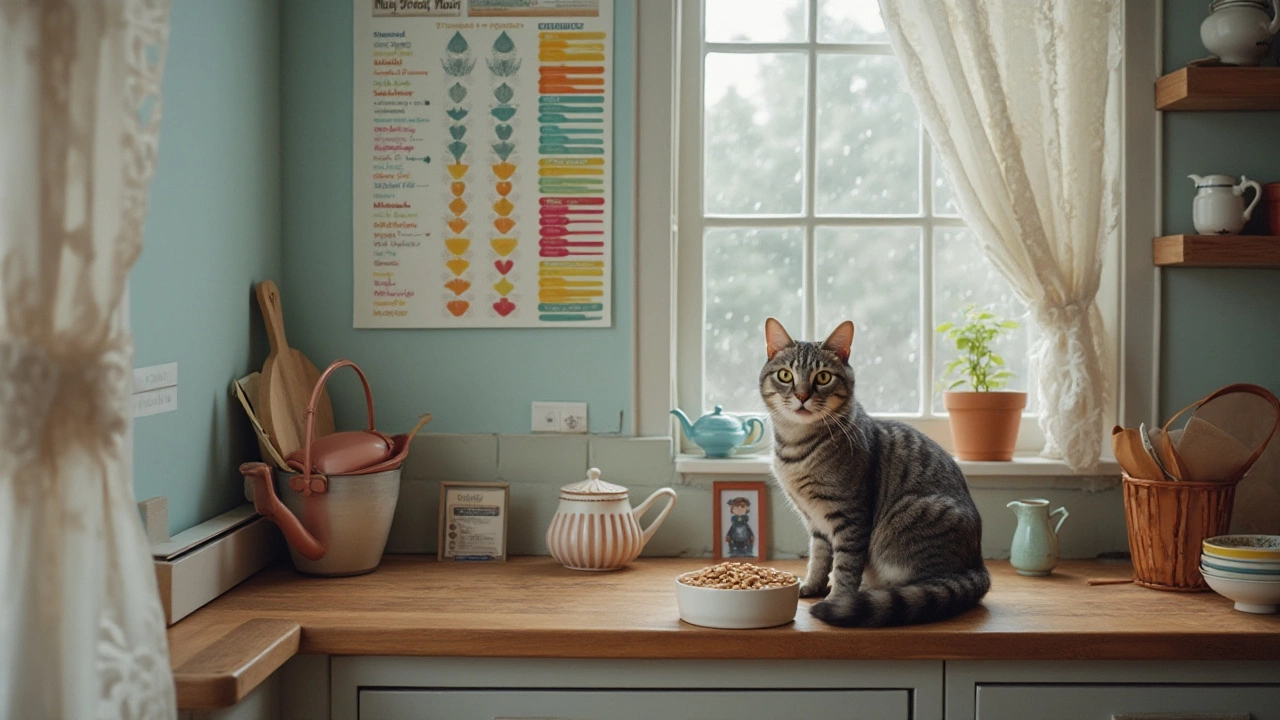Dry Food Guide: Choosing, Feeding, and Storing the Best Kibble for Your Pet
Dry food is the go‑to choice for many pet owners because it’s convenient, affordable, and easy to store. But not all kibble is created equal. With so many brands on the market, figuring out which one works best for your dog or cat can feel overwhelming. Below you’ll find practical advice on what to look for in a good dry diet, how to serve it safely, and simple tricks to keep it fresh.
Choosing the Right Dry Food
First things first – check the ingredient list. A high‑quality kibble will list a real meat source (like chicken, lamb, or salmon) as the first ingredient. Avoid products that start with "by‑product" or "meat meal" unless the brand explains where that meal comes from.
Next, look at the protein and fat percentages. Dogs generally need 18‑30% protein and 8‑15% fat, while cats, being obligate carnivores, need at least 30% protein and 9% fat. If you see a lot of fillers like corn or wheat at the top, the product might be cheaper but lower in nutrition.
Consider any special needs. Senior dogs often benefit from joint‑support additives like glucosamine, while active puppies need extra calories. For cats, grain‑free formulas can help with sensitive stomachs. When in doubt, read the product’s guaranteed analysis and compare it to your pet’s age, breed, and activity level.
Storing & Serving Dry Food
Keeping kibble fresh is easier than you think. Store the bag in a cool, dry place and seal it tightly after each use. If the original bag doesn’t reseal well, transfer the food to an airtight container – a simple plastic bin with a snap‑lock works fine.
Measure portions based on your pet’s weight and activity. A good rule of thumb is 1 cup of kibble per 10‑15 lb of dog weight each day, divided into two meals. Cats generally eat less, about ¼ to ½ cup for a 10 lb cat, spread across multiple small meals. Adjust the amount if your pet is gaining or losing weight.
Always provide fresh water alongside dry food. Kibble can be high in sodium, and your pet will need plenty of water to stay hydrated. If you notice your dog or cat drinking less than usual, check the water bowl for cleanliness and refill it regularly.
Lastly, watch for signs of spoilage. A sour smell, discoloration, or clumping indicates the kibble has gone bad. When this happens, toss the batch and replace it with a fresh supply.
Choosing the right dry food, serving the correct amount, and storing it properly can make a big difference in your pet’s health and happiness. Keep these tips handy, and you’ll feel confident that you’re giving your dog or cat the best crunchy nutrition possible.
Posted By Bryndle Redding On 16 Jan 2025 Comments (0)
Is Dry Food Enough for Your Feline Friend?
Feeding your cat the right diet is crucial for their health and happiness. Many cat owners wonder if dry food alone can meet their cat's dietary needs. This article explores the benefits and drawbacks of a dry food diet for cats, touching on essential nutrients, hydration needs, and practical feeding tips to ensure your feline companion thrives.
READ MORE